As an Amazon Associate I earn from qualifying purchases.
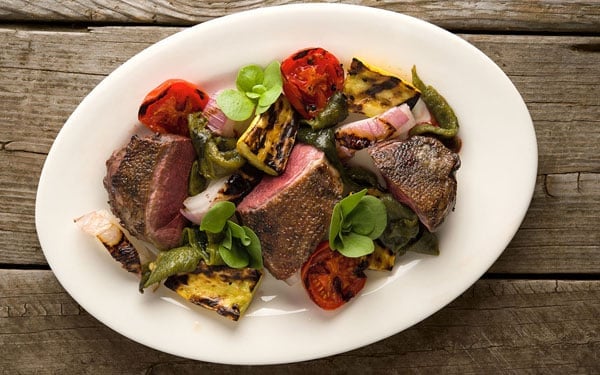
Grilled duck breast, or in the case of these photos, grilled goose breast. It’s a bedrock skill every waterfowler or home cook interested in eating duck in warmer weather ought to know. But while it ain’t rocket science, grilling duck breasts isn’t as simple as slapping some breasts on the grill.
Here’s how to go about it.
First, what sort of meat do you have? A typical store-bought duck or goose breast will be extremely fatty, as will the breasts on wild ducks like California pintails or grain-fed mallards. Green-winged teal can also be super fat. This fat presents problems. So much so that I honestly don’t recommend that you use such fat birds unless you have to — and since non-hunters will have to, this is how you deal with it.
One trick I learned from Chef Chrysa Robertson of Rancho Pinot restaurant in Scottsdale, Arizona is to sear the skin side of the duck in a pan before it ever hits the grill. She will slice through the skin (not the meat) of fatty duck breasts and sear that skin side to render out most of the fat lying underneath the skin. Only then will she move the duck breasts to a charcoal grill.
This is the best solution, as it removes quite a bit of fat, and leaves that fat in a pan where you can use it to cook something else.
If you don’t want to do this, you will need to rig something in your grill. The best answer is to set up a drip pan underneath where you are going to grill the duck; use something cheap, as it will get beaten up by the heat. Pour water into the pan — otherwise the dripping fat will ignite at some point.
Trust me on this one. I almost burned my back deck down when the fat from just two obese pintails ignited and turned my grill into a fireball. No bueno.
This set up works well, but it’s better to grill leaner ducks. Any duck or goose breast will grill up nicely, and my preferred ones are those with a little bit of fat under the skin. I find specklebelly geese to be perfect for this, as are most canvasbacks. If you are not a hunter, do your best to find Muscovy duck breasts — they are a lot leaner than the standard Pekin breasts.
What if you have no skin or fat? Then your job is even easier, but remember that all but a few waterfowl will have thin breasts. The matters because thin cuts of meat cook very fast on a hot grill. If you’ve ever cooked flank or skirt steak, it’s like that.
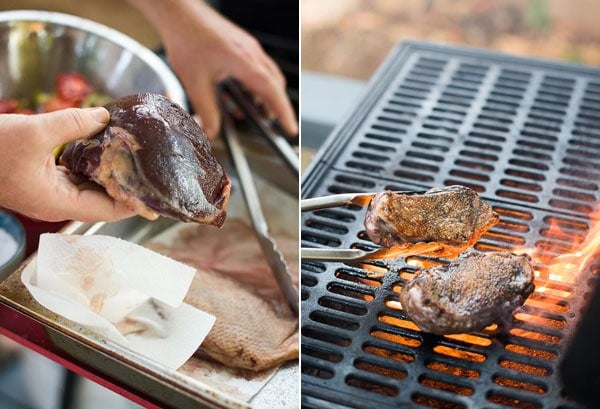
The answer?
Grill cold meat, which is normally not what you’d want. Grill skinless duck breasts and very small skin-on breasts, like those from wood ducks or teal, right out of the fridge. Larger breasts, like mallards, store-bought Pekin or Muscovy, or snow goose breasts, need a few minutes to warm up. Only really big breasts, like those from domestic or Canada geese, need the full warm-up time; they’re more like steaks, anyway.
Once you have that under your belt, you’re good to go. Just remember to rest you meat before slicing into it.
Grilled Duck Breast
Ingredients
- 4 large duck or small goose breasts
- Salt
- Olive or vegetable oil
- Black pepper
- Vegetables of your choice: Onions, zucchini, tomatoes, peppers
Instructions
- Take your duck breasts out of the fridge and salt them well. Let them sit on the counter for 30 minutes to come to room temperature. If you are working with skinless breasts, keep wild duck breasts in the fridge and take domestic duck or goose breasts out of the fridge only 15 minutes before you cook them.
- Get your grill ready by setting up a hot side and a cooler side. Make sure the grates are clean. When you are ready, pat the duck dry with paper towels and coat them with a little oil. Set the duck breasts skin side down on the hot side of the grill. Keep the cover open, and have a spray bottle of water ready. If the breasts are skinless, you won't have flare-ups. If they are skin-on but fairly lean, there might be one or two, but it'll be OK. If they are fat, however, you will need to be diligent with the spray bottle to douse flare-ups. Keep grilling the skin side until the skin is nice and crispy, about 6 to 8 minutes.
- Turn the duck over and grill on the meat side until they're nicely browned, about 2 minutes on a hot grill.
- Move the duck to the cooler side of the grill and poke it with your finger. Use the finger test for doneness to determine how done the breasts are. Chances are with larger duck breasts and definitely with goose breasts, you'll need to finish them with the grill covered on the cool side of the grill for a few minutes. How long? It depends, so check, using the finger test, every 90 seconds or so.
- When the duck is ready, move it to a plate and let it rest uncovered, skin side up, for 5 minutes before slicing.
Nutrition
Nutrition information is automatically calculated, so should only be used as an approximation.
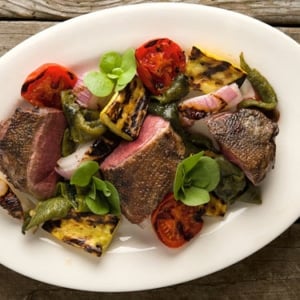
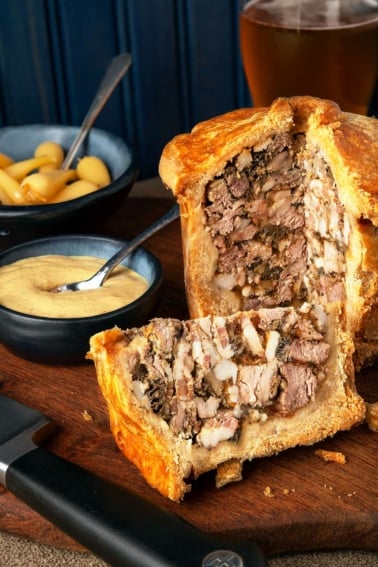
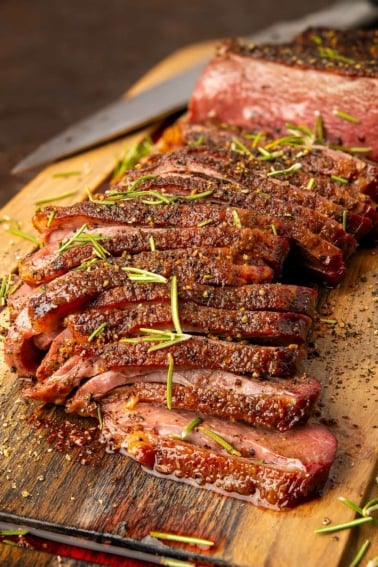
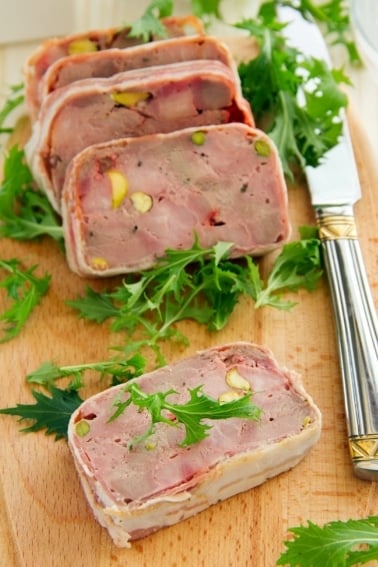
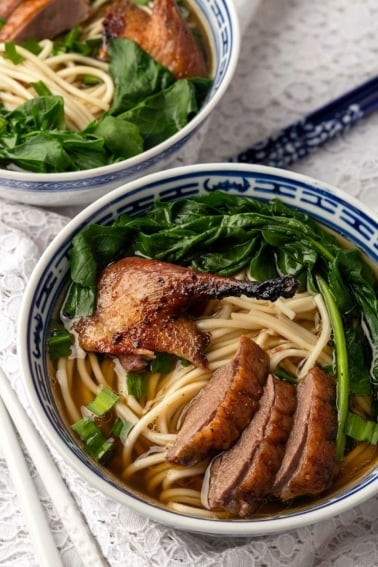
Has anyone done breasts sous vide?
Les: Yes, and I don’t much like it.
Oh my, on the sous vide question, I did try, actually twice … serious disappointment! You lose all the benefits of possible crispy skin and texture is just so odd. Eeeeesh … I would not recommend at all! For regular grilling of duck, this recipe was pretty good to follow and with salt and pepper it’s definitely all about the duck … I still like to add a little five spice or something else though too.
Split the difference, with medium heat to start searing in the pan, then turned Dow to low for more rendering before the grilling. Perfect.
This looks so wonderful! All the different vegetable colors really accent the duck nicely.
Going to go to Canada this October and will be probably and hopefully shooting a mixed bag of ducks but few mallards or pintails. Your idea of keeping smaller breasts cold makes good sense and I will try it out as we hopefully will be grilling alot of the ducks we are shooting. What do you thing about maranading the duck breasts before grilling?
Roy: You could if you wanted to. I generally don’t though, unless it’s a skinless breast I am grilling for tacos.
Chef Robert of the now defunct restaurant Citronee in Nevada City used to prepare fat Muscovy duck breasts by criss crossing the fat skin with a sharp knife as you recommend. Then he rendered out the fat by placing the breasts skin-side down in a large skillet over quite low heat, so it took awhile. Do you think it makes any difference if the fat is rendered out over high vs. low heat? His end result was a wonderfully rare piece of meat, so the longer rendering apparently was not pre-cooking the breast.
Peter: Not low heat per se, but medium. Medium is best, not high heat.
75 more days till the opener – seems like an eternity. In fact, Einsteins theory of time and relativity was based on the measurable slowing of time as duck opener got closer.
How do you piece out your ducks when you hunt them? My husband always skins them and cuts the breasts out of his mallards and Canada geese here in Colorado, but it sounds like having skin on is a bonus when it comes to cooking. Always looking for a new way to cook goose and duck. PS: Keegan and Chelsea M are our neighbors! (Custom Alaska Cruises)
I pluck them and cut them into regular serving pieces: breasts, legs, wings. Carcass goes into stock. I only skin sea ducks, spoonies, snow geese and some Canada geese.
Duck Breasts are my absolute favorite protein! Yours looks gorgeous. Great idea about searing in a pay first to render the fat so it doesn’t flare up as much on the grill.
Holy cow – er goose – that looks better than steak.
We’ve raised birds on our homestead for years now rather than big ruminants. Ducks are one of my favorites. Haven’t tried geese yet.
Also – love the purslane in the picture.